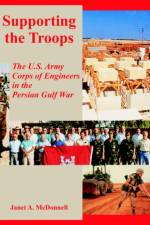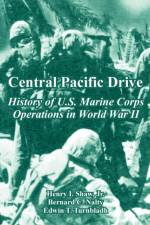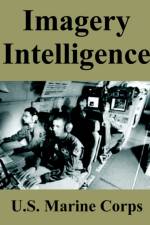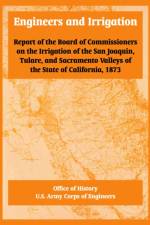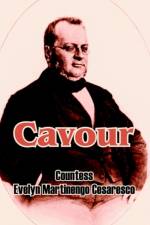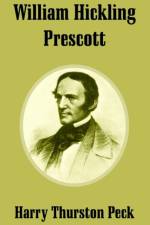- A Concise History of the X-15 Research Airplane
av N a S a & Dennis R Jenkins
175,-
It is a beginning. Over forty-five years have elapsed since the X-15 was conceived; 40 since it first flew. And 31 since the program ended. Although it is usually heralded as the most productive flight research program ever undertaken, no serious history has been con-assembled to capture its design, development, operations, and lessons. This monograph is the first step towards that history. Not that a great deal has not previously been written about the X-15, because it has. But most of it has been limited to specific aspects of the program; pilot's stories, experiments, lessons-learned, etc. But with the exception of Robert S. Houston's history published by the Wright Air Development Center in 1958, and later included in the Air Force History Office's Hypersonic Revolution, no one has attempted to tell the entire story. And the WADC history is taken entirely from the Air Force perspective, with small mention of the other contributors. In 1954 the X-1 series had just broken Mach 2.5. The aircraft that would become the X-15 was being designed to attain Mach 6, and to fly at the edges of space. It would be accomplished without the use of digital computers, video teleconferencing, the internet, or email. It would, however, come at a terrible financial cost-over 30 times the original estimate. The X-15 would ultimately exceed all of its original performance goals. Instead of Mach 6 and 250,000 feet, the program would record Mach 6.7 and 354,200 feet. And compared against other research (and even operational) aircraft of the era, the X-15 was remarkably safe. Several pilots would get banged up; Jack McKay seriously so, although he would return from his injuries to fly 22 more X-15 flights. Tragically, Major Michael J. Adams would be killed on Flight 191, the only fatality of the program. Unfortunately due to the absence of a subsequent hypersonic mission, aeronautical applications of X-15 technology have been few. Given the major advances in materials and computer technology in the 30 years since the end of the flight research program, it is unlikely that many of the actual hardware lessons are still applicable. That being said, the lessons learned from hypersonic modeling, simulation, and the insight gained by being able to evaluate actual X-15 flight research against wind tunnel and predicted results, greatly expanded the confidence of researchers. This allowed the development of Space Shuttle to proceed much smoother than would otherwise have been possible. In space, however, the X-15 contributed to both Apollo and Space Shuttle. It is interesting to note that when the X-15 was conceived, there were many that believed its space-oriented aspects should be removed from the program since human space travel was postulated to be many decades in the future. Perhaps the major contribution was the final elimination of a spray-on ablator as a possible thermal protection system for Space Shuttle. This would likely have happened in any case as the ceramic tiles and metal shingles were further developed, but the operational problems encountered with the (admittedly brief) experience on X-15A-2 hastened the departure of the ablators.





